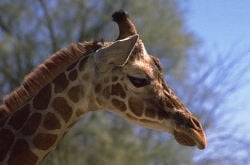Postage stamps can help animals
| Stamp collecting is just one way you can really make a difference and help animals. What is stamp collecting all about? Philatelic material covers anything related to stamps, from first day covers to postage labels. It covers all types of stamps, too. Philately is the study of stamps, the technical aspects of stamp production from the design to paper used, watermarks, the printing methods, type of ink used and perforation and. It covers postal history, from routes to rates, and stamp identification. |
| Some people have a general interest in stamps as a hobby while others have more targeted interests, either still as a hobby or as a dealer. For example, the website UK Philately run by the National Philatelic Society, London, describes Maximaphily as picture postcards bearing a stamp and cancellation related to the card picture. It describes astophilately as material of a postal nature related to space research and programmes. Thematic Collections contain stamps which illustrate a theme or a topic, such as bicycles, nature, ships or sport. Essentially for many people, an interest in stamps is a hobby and if it is one you’re interested in finding out more about, click here to see how to get started
More on stamp collecting It was in the second half of the nineteenth century that the collection and study of postage stamps became popular. This was after the issue of the first adhesive postage stamps in the UK in May 1840. The collection and study of postage stamps became known as “philately”. This comes from the Greek word “ateleia” which means exempt from tax. |
| What is kiloware? Kiloware refers to packages of postage stamps sold to stamp collectors by weight as opposed to quantity. The stamps are usually sold in kilograms. Kiloware generally consists of used stamps on paper from clippings. |
